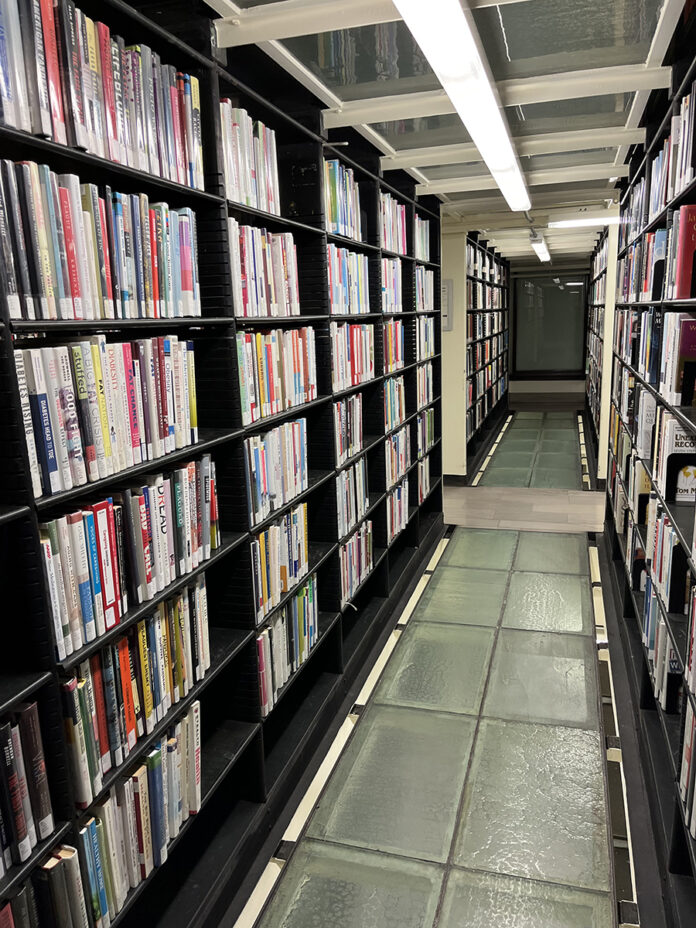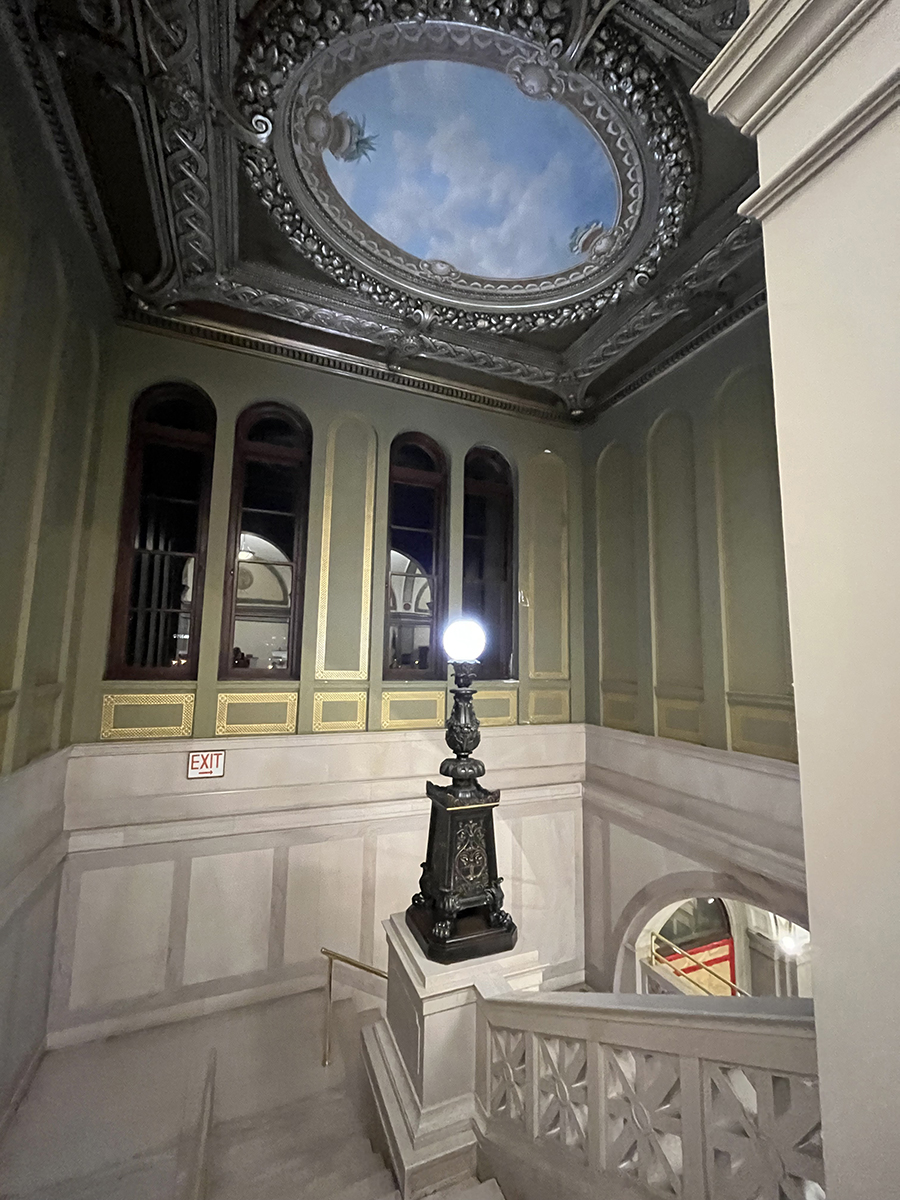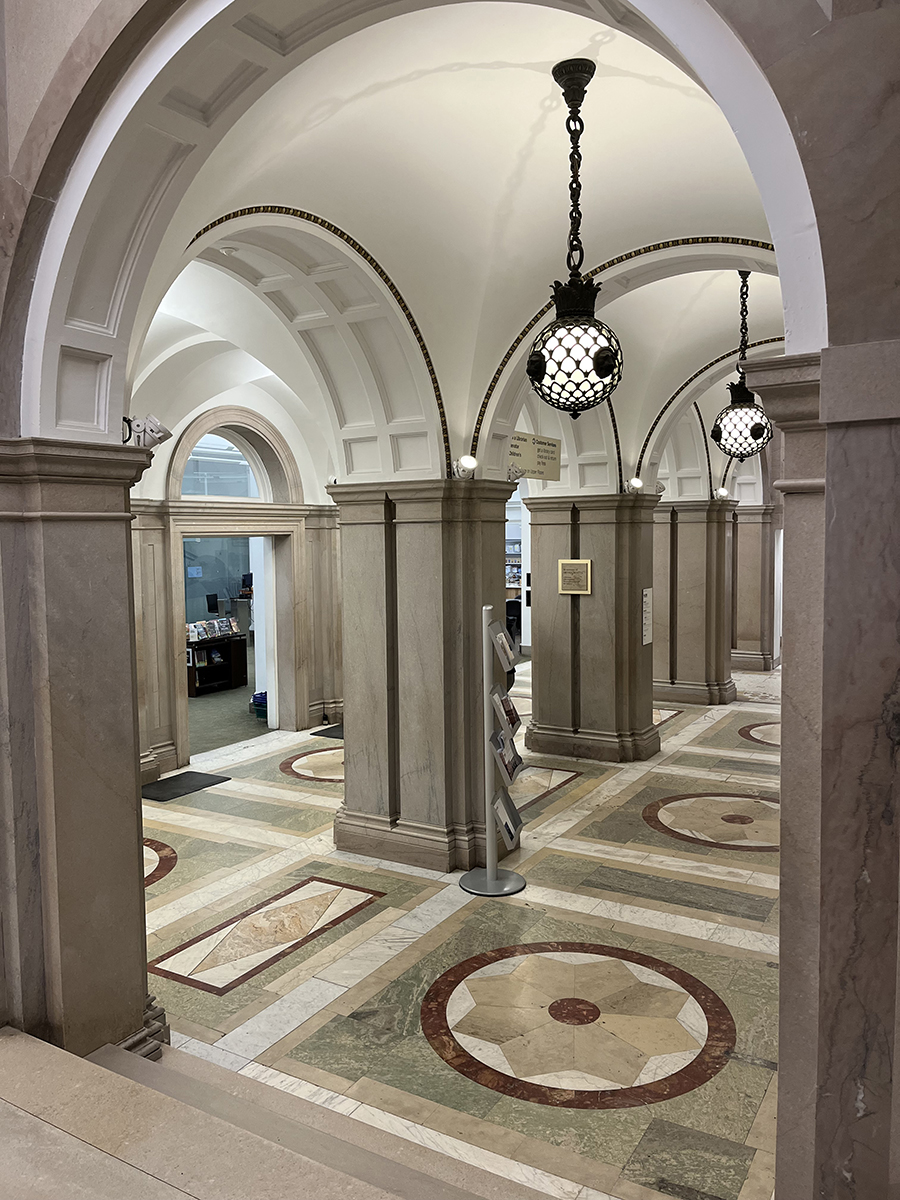
The beginning of a new year has always been a time of reflection for me. As a former teacher, I gravitate toward checklists and goal setting.
Looking back on some of my goals from 2022, I felt a sense of accomplishment in one particular area. At the onset of 2022, I wanted to increase the number of books that I read in a year. The flip side of this is that I would spend less time scrolling on a screen or wasting time in other areas. Sharpening my time management skills would carve out more time for me to spend reading.
Magic of books
My motivation for this goal was multifaceted. As a child, I always loved to read a good book. I explored new places via an author’s description, learned about important events in history, and increased my scientific knowledge of plants and animals all through borrowing books from the library.
Words were never just black symbols on a page; they transformed in the space somewhere between the book and my mind into twisted tales and applicable knowledge. Reading also brings relaxation into a space that can sometimes host anxious and spiraling thoughts.
Also, science has proven that reading is also therapeutic for the brain. Just like running and walking strengthens the heart and increases cardiovascular health, reading is a workout for the brain. It has been proven to decrease stress and lowers blood pressure and heart rate. Reading before bed aids in sleep readiness by providing a transition between movement and rest.
According to my records, I read 24 books this year. I was feeling quite accomplished until my best friend shared with me that she read over 200 books. Comparison, the thief of joy, struck again.
I was very impressed with her accomplishment. I have heard other people mention reading 100 books in a year, but 200 is hard to fathom.
My book list contained a variety of genres. My largest group was historical fiction. It has always been a favorite since I was younger and reading about life in the Wild West or the Civil War. I also had quite a few non-fiction books about nature and foraging.
My joy for reading started when I was young and my mom would take me to the library every summer for the summer reading challenge. The library we went to was located in Bristolville, Ohio.
Carnegie

The Bristol Public Library was built in 1912 as a Carnegie Library. Andrew Carnegie left his mark on history as a ruthless businessman, but also as a philanthropist.
Between 1883 and 1929, Carnegie donated over 56 million dollars to build over 2,509 libraries in the United States and around the world. The Carnegie libraries were built in small communities like Bristol and far away locations like Fiji and Serbia.
On a recent trip to Pittsburgh, my family and I were able to visit the Carnegie Library of Pittsburgh – Main. We didn’t stop at the library to read or checkout books. Instead, we wanted to take time to appreciate the history and beauty of the historic landmark.
Most Carnegie libraries were built with similar architectural features. They were built to be simple and formal. Historically, patrons would enter by climbing a staircase from ground level to a prominent doorway. This symbolized a person being elevated by the action of learning. A lamp post or lantern near the main doorway symbolized enlightenment.
The main library was Andrew Carnegie’s gift to the city of Pittsburgh. It was dedicated in late 1895. With high arched ceilings and ornate lighting, the main entrance is magnificently grand. Renovations in 1907 incorporated large staircases made from Tennessee marble.
After looking at the front lobby from the first landing on the staircase, I continued to climb to the next level. After 100 years of use, the stone steps have smooth indents, a visible reminder of the number of people who have climbed the steps in search of knowledge.
Another feature added in 1907 was an 11-story book stack. My kids love to explore this area which leads to an overlook of the dinosaur exhibit at the Natural History museum. Smooth, opaque glass floors framed by strips of steel have open edges next to the shelves.
Looking on either side of the glass walkway, multiple floors below me could be seen. Still impressive today, this would have been mind-boggling at the turn of the century.
Carnegie’s rags-to-riches story leaves a legacy of knowledge for the city of Pittsburgh and around the globe. The greatest export out of the area wasn’t steel, it was the spirit of giving and the empowerment gained from learning.













